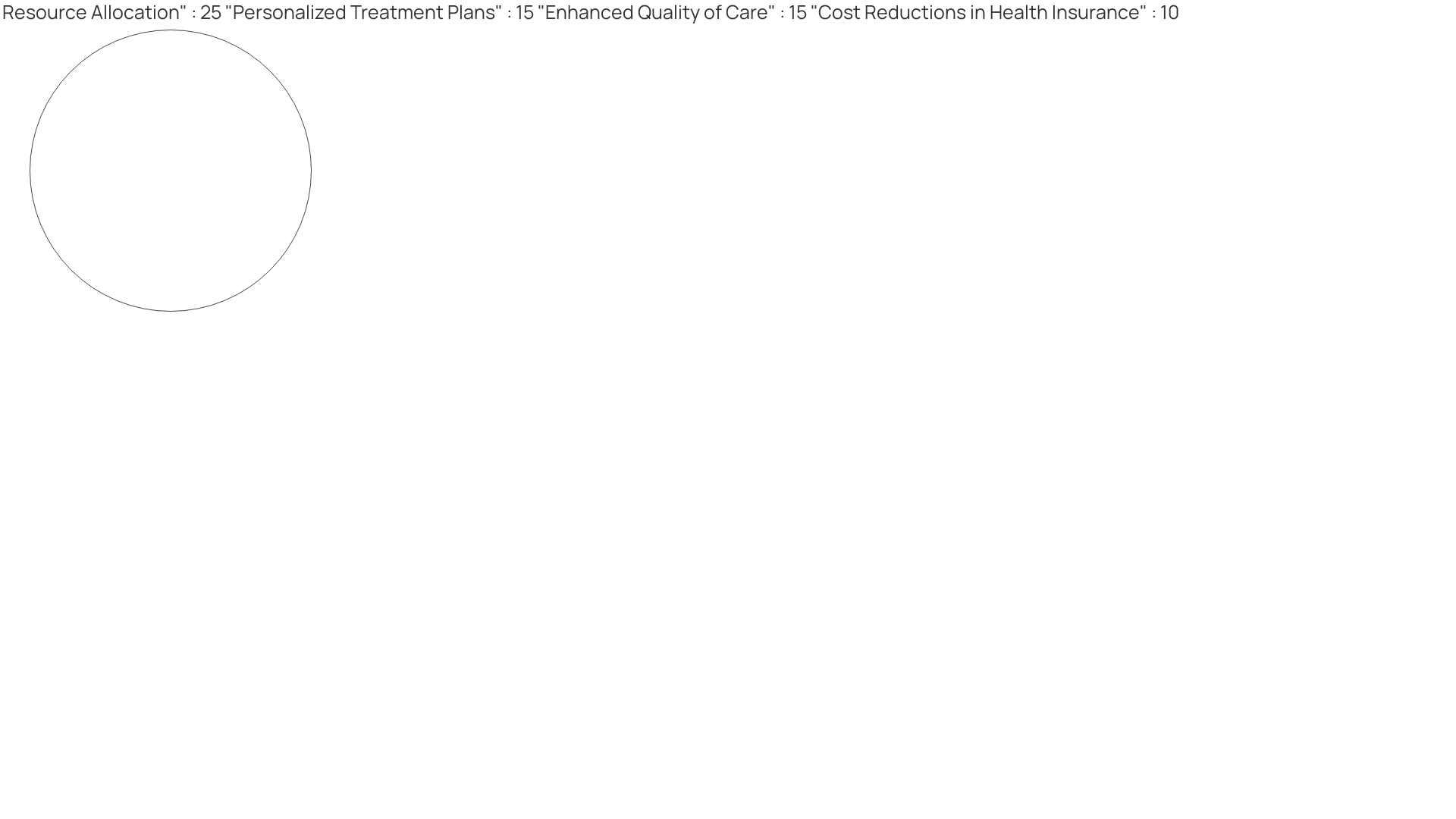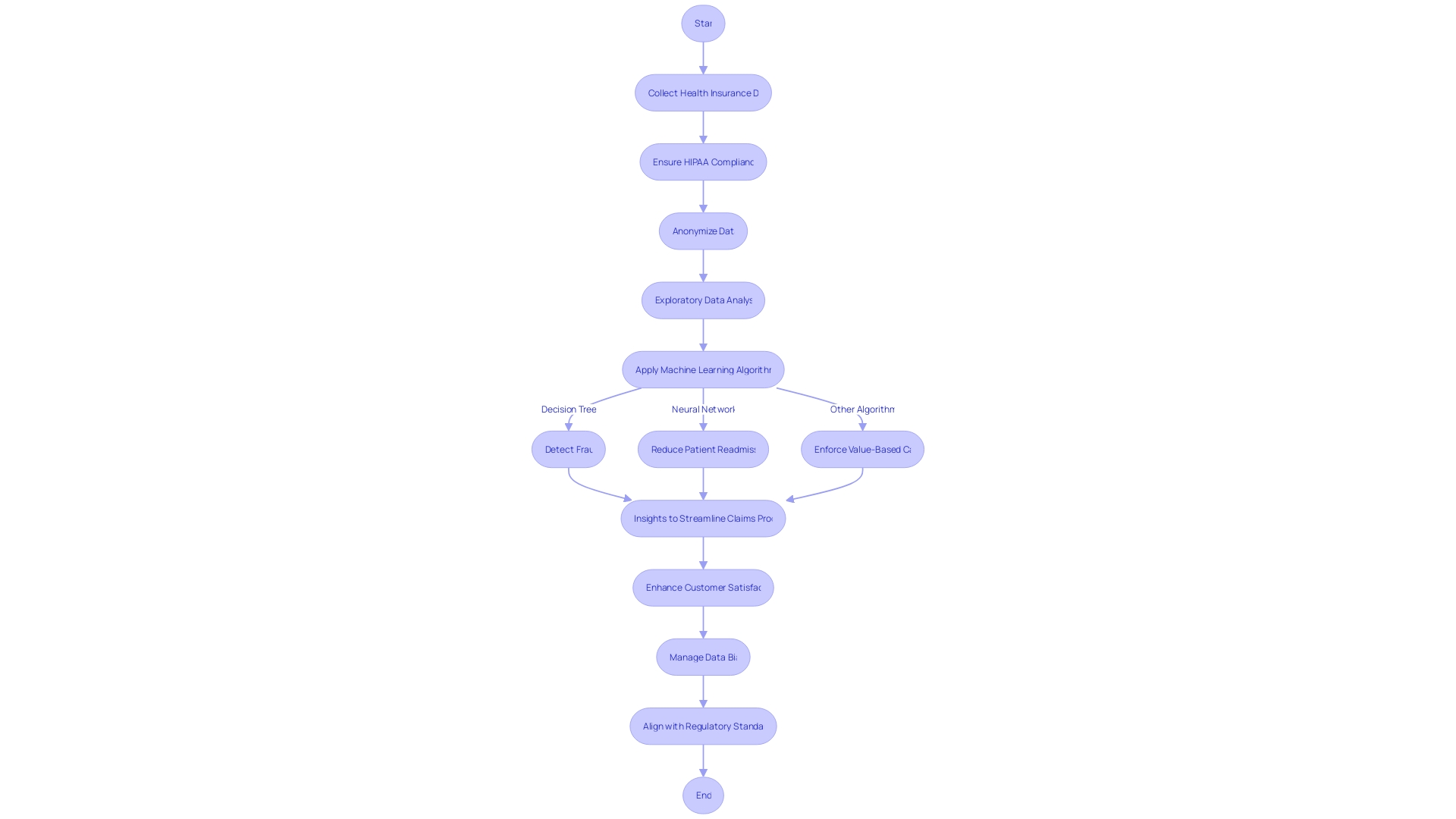Introduction
The Complexity of the American Health Care System
The American health care system is known for its complexity and inefficiencies, as highlighted by recent data analysis. With an astonishing 800% variation in the cost of common procedures within the same geographic area, it is clear that the system is in need of improvement. Healthcare transparency data is shedding light on these cost disparities, offering a clearer picture of actual healthcare prices.
To address these issues, employers must move beyond outdated transparency programs and adopt new tools that empower employees to make more informed decisions. Despite efforts to improve affordability and access, the U.S. remains the only major industrialized country without universal health coverage. This article will delve into the complexities of the American health care system and explore potential solutions for managing healthcare spending effectively.
The Complexity of the American Health Care System
The U.S. healthcare system's complexity is underscored by a recent assessment by Garner's data science team, which analyzed machine-readable files from major insurers. Their findings revealed an astonishing 800% variation in the cost of common procedures within the same geography, highlighting the system's inefficiencies.
This variability in costs, previously a blind spot, is now being illuminated by healthcare transparency data, offering a clearer picture of actual healthcare prices across services, providers, and plans. To leverage this data, employers must move beyond outdated transparency programs and adopt new tools that equip employees with the necessary information and incentives to choose efficient providers.
Garner has been preparing for this data release for years, recognizing its potential to refine cost understanding at the physician level and strengthen employee incentive accounts. As the Affordable Care Act has significantly reduced the uninsured rate among American adults under 65 to just 7.7% in early 2023, the focus now shifts to addressing the remaining risks American families face, such as high administrative costs and excessive utilization.
The National Center for Health Statistics provides interactive tools that present data in an engaging format, helping to analyze the distribution of healthcare spending and identify high spenders for targeted care management. Despite efforts to improve affordability and access, the U.S. remains the only major industrialized country without universal health coverage. The Peterson-Kaiser Health System Tracker indicates that, while America has fewer hospital stays and certain surgeries compared to similar countries, the prices for healthcare services are notably higher, with over $900 spent per person on administrative costs alone. This leads to a paradox where higher spending does not necessarily equate to better health outcomes. In conclusion, the recent transparency in health-plan data is a critical step forward, revealing cost disparities and providing a foundation for more informed decisions and strategies to manage healthcare spending effectively.
Lessons from Global Health Care Models
Global health care systems present a treasure trove of actionable insights, particularly when it comes to health insurance analytics. Take Germany and Singapore, for instance, where innovative healthcare models thrive by marrying the public and private sectors, yielding both comprehensive coverage and operational efficiency.
These nations illustrate the transformative potential of integrating data sources, such as social determinants of health (SDOH) with clinical and claims data, to enhance health coordination and patient care. In the realm of analytics, a robust data platform is not just desirable but essential.
AlohaCare's use of Health Catalyst® data platform and analytics applications like Pop Insights™ exemplifies this, allowing for seamless integration of over 10 SDOH data sources and providing a panoramic view of population health. This holistic approach is crucial for identifying and addressing member needs, ensuring that interventions are not just data-informed but also timely and relevant.
The urgency for such transformative analytics is underscored by the data deluge in healthcare, with an estimated 2.3 zettabytes generated in 2020 alone. Yet, a staggering 97% of this data remains untapped.
This underutilization represents an opportunity to drive progress towards Sustainable Development Goal (SDG) Target 3.8 of achieving Universal Health Coverage (UHC). Moreover, the collaboration between Solve.
Care and CloudKeeper epitomizes the drive towards leveraging advanced cloud optimization solutions for healthcare management. This partnership is set to enhance the efficiency, security, and accessibility of healthcare services, marking a significant stride in the AI-powered cloud technology landscape. In supporting these advancements, we must also heed the advice of Harvard University health economist David Cutler, who warns against the futility of contesting monetary incentives in healthcare. Instead, the focus should be on aligning reimbursements with solved problems and care improvements, fostering an environment that encourages innovation and rewards outcomes. Overall, by studying and adapting best practices from leading global models, health insurance analytics can be revolutionized, leading to better patient outcomes and more efficient healthcare systems. The integration of comprehensive data and advanced analytics stands as the bedrock of this evolution, promising an era of informed, data-driven healthcare transformation.
The Role of Big Data in Health Care Reform
The integration of big data analytics in healthcare has transformed the landscape of patient care and insurance management. For instance, psychotropic medication use among foster youth, a group traditionally monitored through anecdotal evidence, now benefits from data-driven systems.
These systems expedite the surfacing of critical information, safeguarding against over-prescription and medical errors. By synthesizing data from EHRs, insurance claims, and lab results, a more complete patient profile emerges, enabling healthcare providers to deliver precise and comprehensive care.
Agencies face the daunting task of maintaining compliance with dynamic healthcare regulations. Big data facilitates the consolidation of compliance-related information, streamlining documentation and aligning processes with regulatory demands, thereby mitigating legal risks.
Moreover, the fusion of diverse data sources enhances fraud detection capabilities, allowing for the identification of irregular patterns indicative of fraudulent activities. Cora Han, J.D., Chief Health Data Officer at UC Health, underscores the importance of data governance and the challenges of balancing data volume, privacy, and interoperability in healthcare.
With the industry producing an ever-increasing amount of complex data, advanced analytics applications are crucial for capturing insights that significantly impact healthcare delivery. The convergence of big data and healthcare has not only led to improved clinical decision-making but has also revolutionized resource allocation. For example, hospitals now use analytics to predict patient demand, optimizing staffing levels accordingly. Data analytics play a pivotal role in personalizing treatment plans and enhancing the quality of care by revealing patterns in patient outcomes. In essence, big data analytics in healthcare is paving the way for a more informed, collaborative, and efficient healthcare system, ultimately leading to better patient outcomes and cost reductions in health insurance.

Machine Learning for Information Extraction and Predictions
In the realm of health insurance analytics, machine learning has emerged as a transformative force. It's not just about crunching numbers; it's about delving into a wealth of data and surfacing with insights that enable insurers to tailor coverage and enhance customer satisfaction.
The power of machine learning lies in its core algorithms, such as decision trees and neural networks, which are adept at classification and regression. These methods are the foundation for models that can accurately predict outcomes and streamline the claims process, ensuring that insurers are not only efficient but also equitable in their operations.
With the integration of machine learning, insurers can swiftly parse through vast data sets, extracting actionable insights that lead to more informed decision-making. The ability to process this data in real-time has been a game-changer, allowing for a more dynamic response to claims and underwriting challenges.
For example, machine learning can enhance the claims experience by providing accurate assessments of catastrophic events, thus informing the market of an insurer's exposure with unprecedented speed and precision. However, the deployment of these tools must be done with a conscientious approach to data handling and bias management to maintain the integrity of the models. The recent Cigna lawsuit highlights the critical balance between the efficiency of algorithmic decision-making and the legal and ethical requirement for individual case review. As we embrace these advanced analytics, it is paramount to ensure that they are not only powerful but also aligned with regulatory standards and ethical practices, safeguarding the rights and well-being of all stakeholders involved.

Maximizing Insights in Health Insurance Analytics: Case Study
Healthcare organizations like Allina Health, driven by the need to enhance patient care while simultaneously managing costs, are turning to advanced analytics to transform their operations. By utilizing the Health Catalyst® data platform and a payer analytics application, Allina Health has unlocked the potential to engage payers effectively, identifying and resolving process inefficiencies.
They've achieved a remarkable $279K payment increase for a single patient case, underscoring the significant revenue-boosting possibilities. Additionally, their ability to reduce authorization times for radiation oncology treatments from a month to just three hours has not only mitigated the risk of payment denials but has also alleviated patient anxiety caused by treatment delays.
This commitment to high-quality data and analytics is echoed in Sun Life Health's adoption of healow Insights. As a non-profit Community Health Center serving over 48,000 patients, Sun Life Health has leveraged this technology to gain insights into patient needs and care gaps.
This proactive approach has enabled them to boost annual wellness visits and substantially increase revenue, underscoring the crucial role of data in healthcare optimization. The industry is recognizing the importance of accurate, high-quality data, as seen in the rigorous security, privacy, and compliance standards upheld by leading analytics platforms. These enhanced data management practices are essential in building trust and ensuring the reliability of insights derived from health-related data. Yet, as artificial intelligence and machine learning increasingly integrate into healthcare analytics, cautionary tales like the class action lawsuit against Cigna remind us of the delicate balance between efficiency and individualized patient care. It underscores the necessity for healthcare stakeholders to employ advanced analytics responsibly, ensuring that the pursuit of operational efficiency does not come at the expense of patient trust and care quality.
Conclusion
In conclusion, the American health care system's complexity and inefficiencies have been exposed through data analysis. Healthcare transparency data is crucial in empowering employees and managing healthcare spending effectively.
To improve affordability and access, employers must adopt new tools beyond outdated transparency programs. Global health care models offer valuable insights, demonstrating the transformative potential of integrating data sources for enhanced coordination and patient care.
Big data analytics has transformed patient care and insurance management, streamlining compliance, enhancing fraud detection, optimizing resource allocation, and personalizing treatment plans. Machine learning has emerged as a transformative force in health insurance analytics, enabling insurers to tailor coverage and enhance customer satisfaction.
Responsible data handling is essential to maintain integrity. Case studies highlight the benefits of advanced analytics in healthcare organizations, including revenue increases, reduced authorization times, improved patient care, and increased revenue. Trustworthy data management practices are crucial for reliability and building trust in health-related insights. By embracing new tools, integrating data sources, adopting advanced analytics techniques, and prioritizing responsible data handling practices, the American health care system can become more efficient, transparent, and lead to better patient outcomes.





